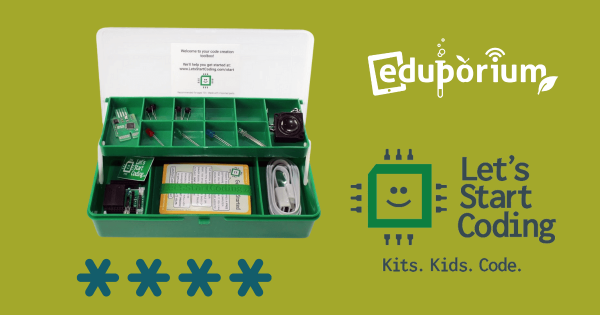Among the changes that have taken place in education over the last few years, perhaps one of the largest and most significant ones has been the emergence of computer science. Some districts require students to take computer science courses and plenty of others make sure they get at least some exposure to it through electives or afterschool clubs.
CS for All
The CS for All movement has sparked a transformation for education, revolutionizing how children learn, think, and engage with technology. It calls for comprehensive computer science education at all levels, from kindergarten to high school, and has helped to democratize opportunities for learning vital digital skills, empowering children with all backgrounds to thrive in the digital age. One profound impact of the CS for All movement is its role in fostering computational thinking skills in kids. By integrating CS concepts into the curriculum, students are not just learning to code. They'll also develop problem-solving abilities, logical reasoning skills, and creativity, which are each applicable across disciplines. These skills lay the groundwork for future success in various fields, from STEM careers to arts and humanities. Plus, this movement plays a key role in addressing equity and diversity in STEM education.
-
Eduporium Experiment | micro:bit V1 Pt. 2
This week’s Eduporium Experiment is all about the basics of the incredibly popular and powerful micro:bit board. The micro:bit is essentially a mini, portable, programable computer that has a variety of uses in and out of the classroom. It can help students learn basic coding, engineering skills, and help spark their creativity. -
Eduporium Weekly | Serving Up Knowledge on the Raspberry Pi
You may have heard from the source itself (or maybe from our social media) that there was a new Raspberry Pi board launched on that very day. The Pi 3 is now the newest version of the powerful microcomputer and got us thinking about how schools can use each version of the Raspberry Pi in STEM education. Read on to -
Teaching Toddlers To Code With The Code-A-Pillar
The Code–a–pillar is a robotic tool for introducing kids as young as three to coding. Its replaceable sections—just like the ones on a real caterpillar—represent different actions and kids customize them and control the robot’s movements! No other early education STEM tool provides a better balance of programming and play than the Code–a–pillar. -
Eduporium Weekly | We Need More Computer Science in K–12
Coding is arguably far and away the most important skill that our students need to learn and the structure of today’s economy certainly supports that belief. It’s not that simply the highest-paying jobs require workers to be proficient in coding—it’s even starting to trend towards the entire workforce needing coding skills in some form or another. -
Drones and Coding: STEM Education That's OnPoynt
The various educational drone kits from OnPoynt are designed to allow for class-wide collaboration and getting your students innovating, 3D printing, and flying both in and outside the classroom safely and effectively. Plus, OnPoynt’s line of innovative and highly customizable drones take learning to new heights—both literally and figuratively. -
Teaching STEM with Robotics Tools that Grow with Kids
Robotics kits are incredibly valuable for teaching students the skills they really need to know. They’re useful for shaping real problem solving skills, creativity, and, most importantly, coding. The best part? Students can use robotics tools in any grade—starting in Pre-K with super simple models and continuing through high school with the more complex tools. -
Eduporium Weekly | What's Shaping K-12 CS Education?
Students as young as first or second grade are able to experience what it’s like to think like a computer scientist thanks to technology tools that replicate the process in a way that’s introductory and age appropriate. Today, computer science is a necessity and, in schools, its prevalence is finally starting to reflect that. -
Eduporium Weekly | Why Is Computational Thinking Key?
Collaboration and problem solving are an integral component of the modern-day workforce and, for that reason, have become an increasingly common part of modern education. Those who are able to break problems down and utilize a certain way of thinking to solve them while also incorporating technology are very valuable. -
Two Cool Kits To Get Kids Coding In Kindergarten
If you want your kids to start coding, you’re not alone. And you have come to the right place! By the time that elementary-aged students enter into the future workforce in 10 or 12 years, coding will be as mandatory as showing up for work. Luckily, we have these new secrets to help children get ahead of the game—the Base
Page
- Page Previous
- Page 1
- Page 2
- You're currently reading page 3
- Page 4
- Page Next













